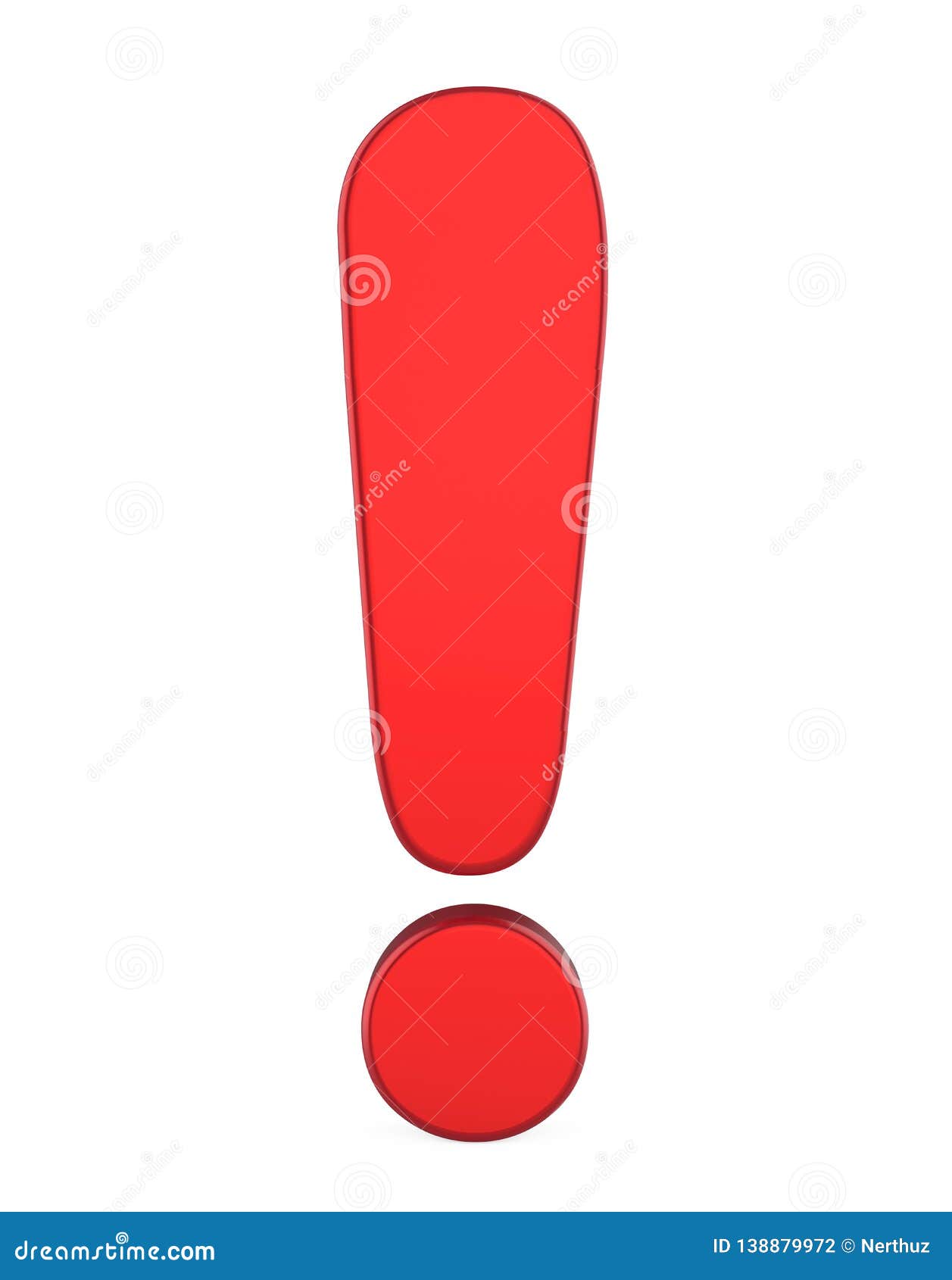
- Exclamation mark text girl manuals#
- Exclamation mark text girl update#
- Exclamation mark text girl full#
- Exclamation mark text girl password#
It has also been adopted in languages written in other scripts, such as languages written with Cyrillic or Arabic scripts, Chinese characters, and Devanagari.Ī sentence ending in an exclamation mark may represent an exclamation or an interjection (such as "Wow!", "Boo!"), or an imperative ("Stop!"), or may indicate astonishment or surprise: "They were the footprints of a gigantic hound!" Exclamation marks are occasionally placed mid-sentence with a function similar to a comma, for dramatic effect, although this usage is obsolete: "On the walk, oh! there was a frightful noise." The exclamation mark is common to languages using the Latin alphabet, although usage varies slightly between languages.
Exclamation mark text girl update#
Please help update this article to reflect recent events or newly available information.
Exclamation mark text girl password#
For example, the password communicated in the spoken phrase “Your password is em-zero-pee-aitch-bang-en-three” (“em-nought-pee-aitch-pling-en-three” in Commonwealth Hackish) is m0ph!n3.

In hacker culture, the exclamation mark is called “bang”, “shriek”, or, in the British slang known as Commonwealth Hackish, “pling”. In the printing world, the exclamation mark can be called a screamer, a gasper, a slammer, or a startler. This “bang” usage is behind the names of the interrobang, an unconventional typographic character, and a shebang, a feature of Unix computer systems.
Exclamation mark text girl manuals#
In the 1950s, secretarial dictation and typesetting manuals in America referred to the mark as “bang”, perhaps from comic books – where the ! appeared in dialogue balloons to represent a gun being fired, although the nickname probably emerged from letterpress printing. Now obsolete, the name ecphoneme was documented in the early 20th century. Slang and other names for the exclamation mark That is why the exclamation point is usually shift+1 as both were added at the same time. Such typewriters often lacked a '1' key as well (the user typed a lower-case 'L').
Exclamation mark text girl full#
Instead the user typed a full stop and then backspaced and overtyped an apostrophe. Many pre-computer age typewriters did not have the exclamation mark. The exclamation mark was first introduced into English printing in the 15th century to show emphasis, and was called the "sign of admiration or exclamation" or the "note of admiration" until the mid-17th century "admiration" referred to that word's Latin-language sense, of wonderment! Over time, the i moved above the o that o first became smaller, and (with time) a dot. One theory of its origin posits derivation from a Latin exclamation of joy, namely io, analogous to "hurray" the modern graphical representation is believed to have originated in the Middle Ages medieval copyists wrote the Latin word io at the end of a sentence, to indicate expression of joy. Graphically, the exclamation mark is represented by variations on the theme of a full stop point with a vertical line above.

It can also be used in fiction writing for a person who is doing the same thing but in real life. The exclamation mark is often used in writing to make a character seem as though they are shouting and/or excited/surprised.

Similarly, a bare exclamation mark (with nothing before or after) is often established in warning signs. The exclamation mark often marks the end of a sentence, for example: "Watch out!". The exclamation mark, !, or exclamation point ( American English), is a punctuation mark usually used after an interjection or exclamation to indicate strong feelings or to show emphasis.


 0 kommentar(er)
0 kommentar(er)
